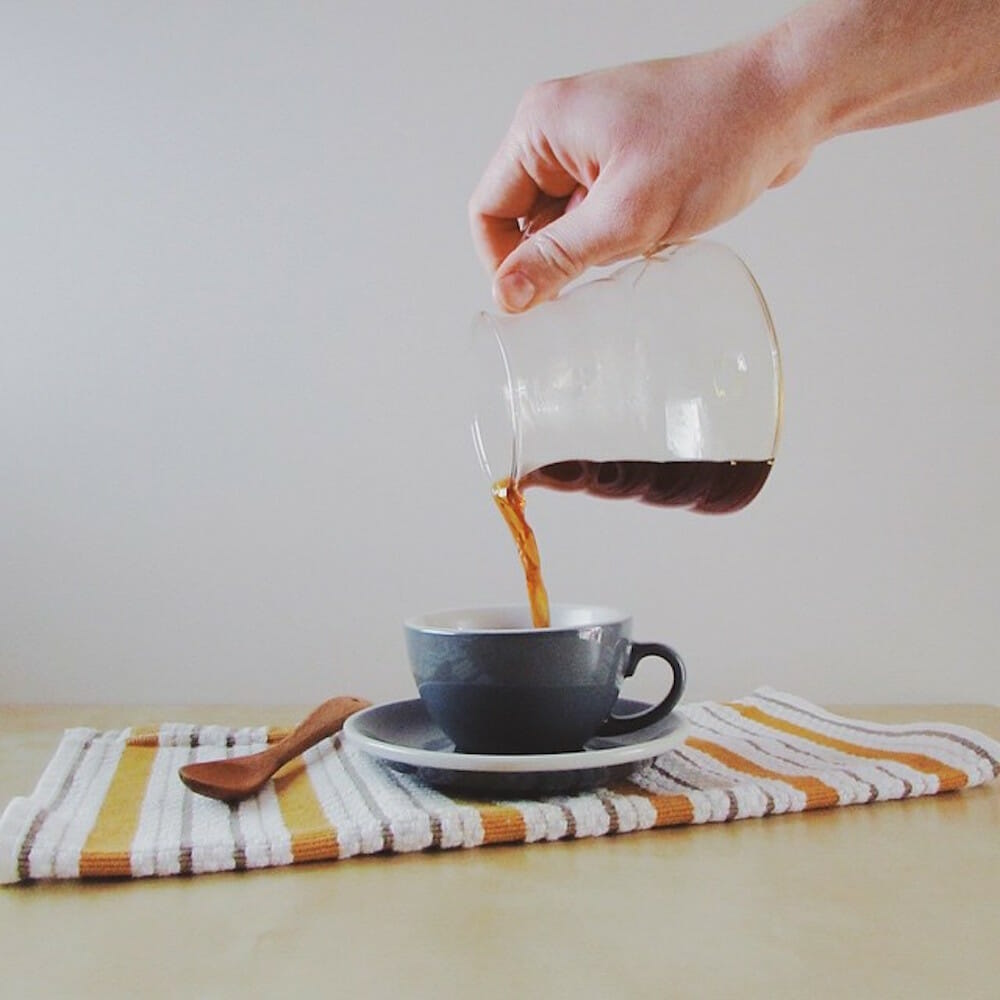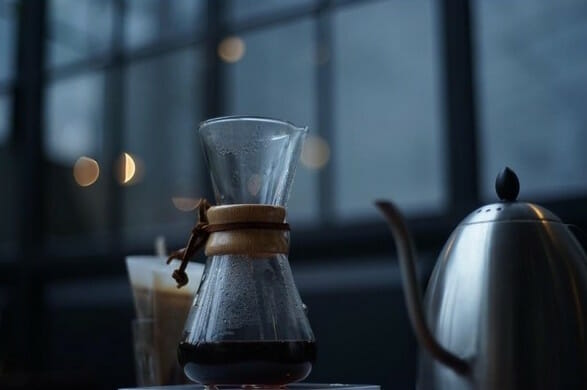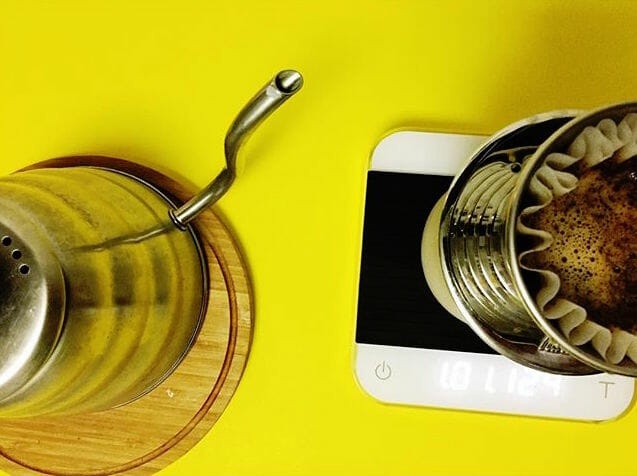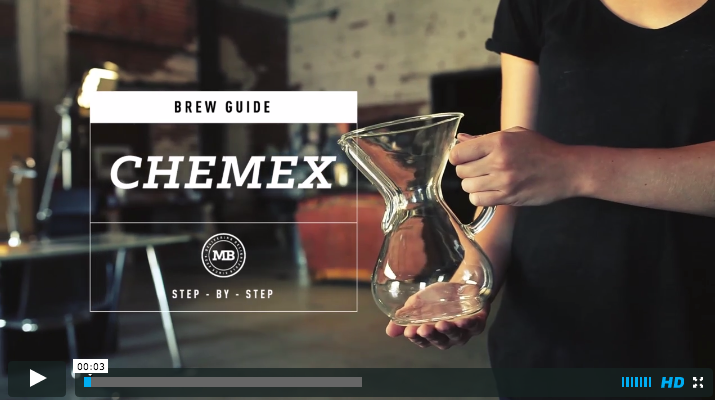Starting a new hobby or trying to take an interest to the next level can be somewhat intimidating. How do you know what are the right tools to get started? What’s the most cost efficient way to get started while still producing great results?
Every time I do this myself, whether it’s diving deeper into making cocktails at home, new cooking techniques, or vegetable gardening, I always start at the same place. Completely lost. I bombard countless search engines looking for what’s “best” out there, like “best bar equipment”, “best way to cook sous vide”, or “best way to start gardening”. The results often lead me having to search multiple sites with countless sources and I’m still usually left with a relatively vague idea of what to do.
While it’s nice to have a Yarai Mixing glass and fancy bar spoon, you can easily mix delicious cocktails at home without them. Here’s my all-in-one guide for “best way to start brewing better coffee at home” for those of you who want to take your coffee to the next level, without all of the fancy, high end stuff you don’t need.
Tools
You can’t make cafe quality coffee at home without the right gear. Here are a few of my recommendations for the best entry level gear that will immediately make your coffee taste better at home.
Grinder : The grinder is the singular piece of coffee equipment that you can’t skimp on, no matter what. If you want to make delicious coffee, you’ll have to get a good quality burr grinder to get started. We recommend the Baratza Encore as your best bet for a good quality, durable grinder at a reasonable price point. If you’re looking to up your coffee game, but can’t swing $130 for the Baratza, your best bet it is to skip the blade grinders and go for a hand burr grinder like the Porlex Mini, which is also great for traveling and camping. A hand grinder will at least get you started and you can always upgrade later.
Brewer : This area is a little more flexible, as everyone enjoys their coffee differently. For those just getting started, we recommend staying away from espresso as much as possible. There’s no way to produce great espresso at home without considerable upfront cost and there’s a bit of a steep learning curve.
Stick to manual brew methods like the V60, Aeropress, Clever Dripper, French Press or Chemex. We even made some brew guides a while back showing you exactly how to brew on these bad boys and what type of cup each of these brewers produces. Remember, these are just a handful of manual brewers out there and we love plenty of others that we didn’t include there. A simple guide for which brewer to get is to think about what type of cup and mouthfeel you enjoy the most then go from there. If you enjoy drip coffee and like a light to medium body with emphasis on flavor clarity, we recommend getting a pour-over style like the V60. If you want a more full bodied and round cup, check out the French Press.
If you don’t have the time to jump into manual brewing right away, no sweat, I’ll be writing a list of our favorite auto-brewers in the weeks to come.
Kettle : For manual brewing, you will need some way to deliver hot water to the brewer. For most people that’s going to be a kettle. Deciding which kettle to get is likely to come down to 3 things: cost, aesthetic, and how you’re going to brew. If you are going to brew on an immersion style brewer like the French Press or Aeropress, the ability to control the volume and direction of the flow isn’t as important and you can simply use any old tea kettle or even a small pot will boil water in a pinch.
However, if you want to brew coffee on a pour-over, a kettle with a long, thin “gooseneck” spout is ideal. Learn more information to pour from a gooseneck kettle. For a solid stove top model, you can’t go wrong with the Hario 1.2 L. I personally like the electric models, but they are generally a bit pricier. The Bonavita Electric is a fantastic kettle that boils water with just a flip of a switch and looks great on any countertop.
Scale : While we recommend using one, to start brewing better coffee at home, you don’t absolutely need a scale. It certainly will make your life easier and your coffee brewing extremely consistent day-to-day, but you can definitely make tasty coffee without one. However, if you aren’t going to use a scale, you’ll need a tablespoon and measuring cup to measure your coffee and water.
You can find digital food scales just about anywhere you go nowadays. We recommend Clive Coffee Scales. Luckily, coffee equipment manufacturers have started making scales specifically for brewing coffee with features like built-in timers, which are really helpful when making your morning cup. I recommend the Hario scale which has a built-in timer and is really easy to use. For a simple, entry level scale that will get you started, you can find relatively inexpensive ones online like this one here.
Ingredients
Just like you can’t make good food without superior ingredients, you can’t brew a good cup without fresh, high quality coffee and good water.
Coffee : We recommend regularly buying freshly roasted whole bean coffee from a quality focused roaster. We are lucky to work with some of the best roasters from around the country who source amazing coffees and roast them in small batches. Check out our MistoBox ONE subscription and we can pick your perfect coffee and have them ship to you on your own schedule. Fresh coffee from the best roasters, delivered straight to you? What’s not to love!
Water : Water makes up over 98% of the coffee that you drink, which means that using fresh, filtered water is critical to getting the most out of your coffee and producing the best tasting results. Tap water is different everywhere you go, and is often too hard for brewing. Find a local water service or simply buy filtered drinking water at the grocery store to make sure your end product is as good as it can be.
Technique
There are lots of sources of information about brewing online and they all range in quality and accuracy from being downright wrong to overly complicated and techy. For me, the best coffee sources are educational, approachable and fun to read.
One of my favorite places to learn about coffee as a beginner was Sweet Maria’s, a green coffee and home roaster site based out of the Bay Area and run by industry veteran Tom Owen. His information is thorough but easy to digest and extremely approachable. You can learn about roasting coffee and even get into roasting your own at home, but I think his information on brewing is a solid foundation for any level learner.
If you want something a little more hands on and tangible, check out the book “The World Atlas of Coffee”, written by esteemed coffee professional and owner of Square Mile Coffee in London, James Hoffmann. The book is as straightforward as it gets with gorgeous aesthetics and accessible information about everything from how and where coffee is grown to how to brew coffee.
If you haven’t yet, don’t forget to check out our brew guides for an overview of 5 of the best manual brewers out there. Also, stay tuned as we are planning to launch our own comprehensive Coffee Learning resource for all things coffee!
We were named an expert on ApartmentGuide. Read the full article here: 7 Tips for Creating the Perfect Home Coffee Station and get your Mistobox coffee subscription today





